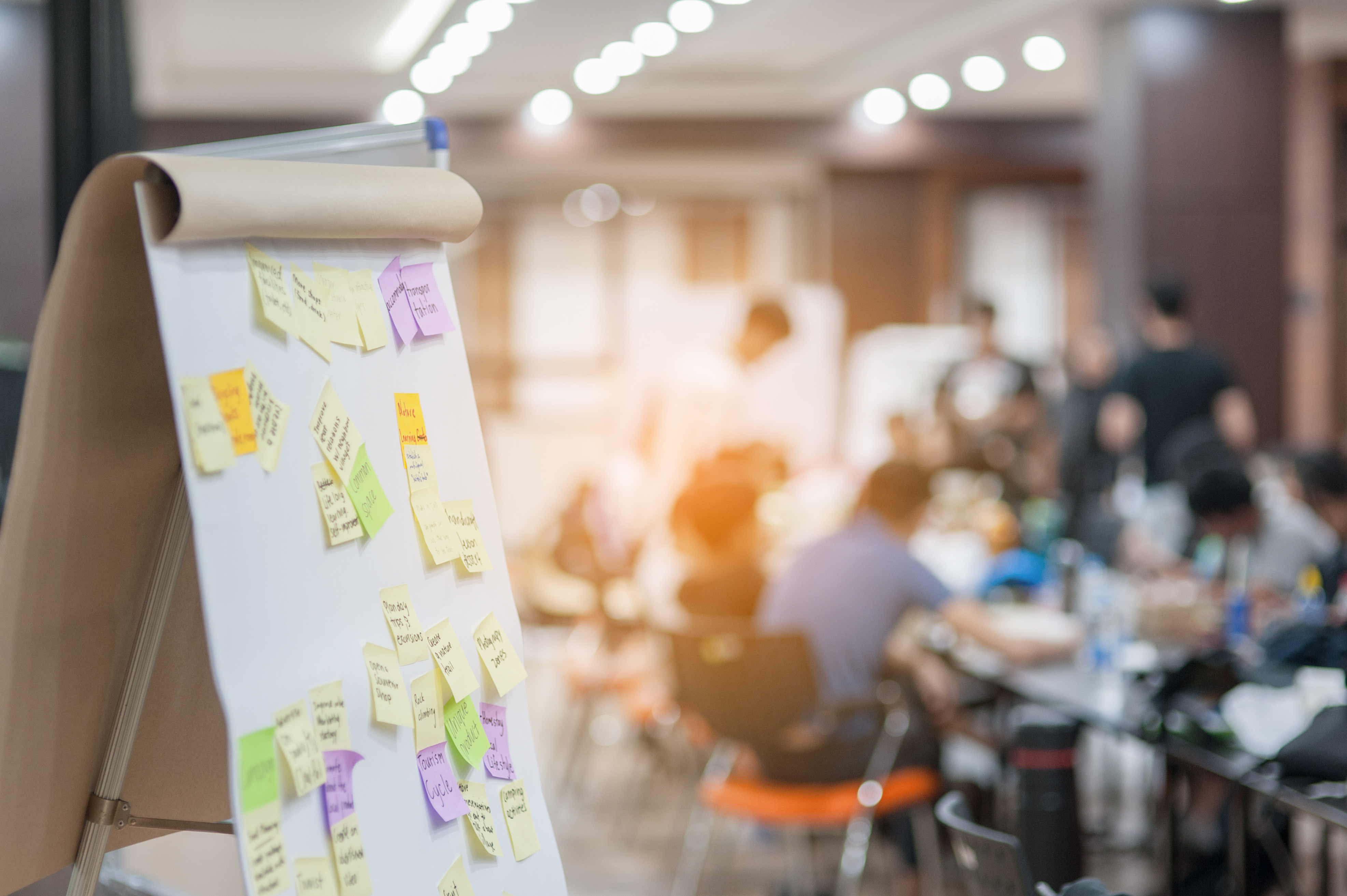
activation workshops:
Transform Research into Action
contributors to this guide
Kat Figatner
Senior Vice President, In-Person Qualitative Research
You just finished a research project that uncovered a newer, deeper perspective on your category and brand. But what’s next? How do you ensure that your organization truly benefits from these insights and that they don’t just end up on a virtual shelf? C+R offers a range of tools to amplify your research, including facilitated workshops to propel the insights into the next step. These Activation Workshops can be used to:
- Build empathy and understanding for your target consumer
- Craft brand positionings that are relevant and compelling
- Develop actionable strategies that flow from the research
- Identify opportunities for growth and generate new product ideas grounded in consumer insights
This not only allows clients to get more value out of the research, but also helps to disseminate the learnings in a memorable way and gain alignment from key stakeholders on what’s next.
Socialization Workshops
These workshops are designed to socialize the insights among internal teams to build consumer empathy and understanding. We help clients immerse themselves in the research insights to internalize the takeaways. We achieve this in several ways:
Artifacts
For example, we had one study where our goal was to forge a deeper connection with teens to inform our CPG client’s marketing plan and messaging. The project was longitudinal (we followed a group of teens for over a year) and multi-faceted, with an online hub, video blogs, social media monitoring, and in-person excursions. We culminated the project in an interactive work session. To further help the client team immerse into the lives of teens, we brought artifacts from the fieldwork into the session to provide a tangible connection to the target and what matters in their lives.
- A program from a quinceañera that we attended with one of the teens
- A T-shirt from a peace rally against gun violence that we marched in with another teen
- Examples of their favorite snacks, drinks, clothing brands, etc.
These objects helped to illustrate the lifestyle of our target and solidify who they are in the minds of the clients in a meaningful and compelling way.

Micromersions
We can also enable your team to directly engage with consumers through “micromersions,” where we bring in consumers to the workshop for a moderated live panel and series of “speed dating” roundtable discussions. This type of workshop is ideal after a segmentation study to help the team fully grasp what makes each segment unique. We guide clients through this process with training on how to interact with consumers and a way to facilitate the conversation (e.g., notebooks, board games, etc.). By interacting directly with consumers, key stakeholder are able to more easily digest what makes each segment unique; they can connect the segment to real people. Overall, it makes the segmentation more memorable and easier for clients to keep the segments’ needs top of mind in their daily work.

Storyology Deliverables
Another way to bring the research to life is through video and other creative deliverables produced by C+R Research’s team of Storyologists. In the teen study referenced above, we produced a video reel to share takeaways in the style of a Snapchat story, weaving in footage from our fieldwork, the vlogs, and real-life social media posts of the teens. The style of the video became meaningful in itself to demonstrate a key facet of the target’s lifestyles. We also created reports in the style of a magazine, with fun quizzes, top-10 lists, and interactive games to further help socialize the learnings among the client team.

Remote Mini Interviews
Sometimes, we build empathy remotely. For another CPG client, we injected fieldwork into sales meetings to help keep the consumers’ needs in the forefront of planning. We did this through a series of remote mobile interviews. We talked to a couple of consumers in their homes to peek inside their pantries, and then another set of consumers while they were shopping in the grocery store. Each interview was short (about 15 minutes); but in just one hour, the clients had access to a range of consumers to spark ideas and inspiration for the rest of their meeting.
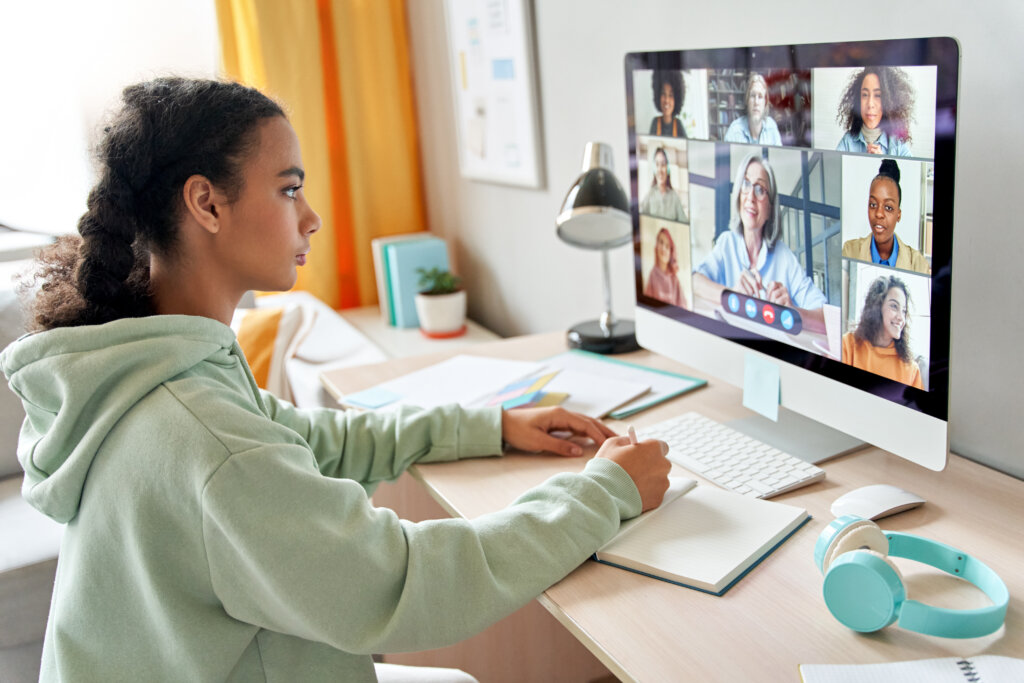
positioning workshops
Here, we help translate the insights into how to refine a brand’s place in the market to ensure it reflects its core strengths and addresses consumers’ needs in a way that’s resonant and contemporary. With this type of workshop, we explore the research from different points of view to go through the building blocks of a positioning, considering the target, their motivations and needs, the competitive context, and what makes the brand unique.
For example, we had a client who was at a crossroads and wanted to reinvent itself and reposition the brand to be primed for expansion into new categories and channels. After conducting internal stakeholder interviews and exploratory focus groups with consumers to identify category drivers and brand differentiators, we held a positioning workshop. The day-long workshop included a cross-functional client team and, after debriefing on the key insights, rounds of hands-on exercises to elicit a range of potential positionings.

First, we created personas inspired by the research participants. Each team had a different consumer vignette and were challenged to create positionings relevant to “their” consumer based on their unique attitudes, behaviors, and needs. Next, we looked at potential category extension—considering how the inclusion of different products could alter the frame of reference and relevant positioning. To combat an afternoon slump, we had a fun, energizing exercise of taking the brand’s core strengths and turning them into various superheroes to inspire new positionings. Throughout the session, we followed the design-thinking principles of divergence and convergence, landing on six unique and differentiated positionings (ranging from closer-in, more functional positionings to further-out, more emotionally driven ones). From there, we took these six positionings into qual focus groups for refinement and then validation in a quant survey. The result: a new positioning to guide the brand on its growth strategy.

Another client had recently acquired a small brand and wanted to reposition it to expand beyond its current niche target and focus more broadly on health-focused Millennials. We conducted an online immersion and shopping mission to understand the emotional and functional needs with this new target, and how they interact with the category and beyond. Then, we conducted a positioning workshop with the brand and agency teams. A key goal of the workshop was to explore the positionings in the context of where to place in them in the store. We used hula hoops to visualize the impact of the competitive set on the potential positioning. After we prioritized five positioning concepts at the end of the workshop, we optimized the language and brand imagery through a series of iterative focus groups and tested three of them quantitatively. We netted out with a singular positioning to make the product relevant and appealing to the target, and an understanding of how to execute against this positioning with packaging, messaging, and a sell-in story to gain distribution.


download the ebook
activation workshops:
moving research off the
page into the real world
EXAMPLE STRATEGY FRAMEWORK
| Consumer Truths: | How are target consumers currently behaving in this space? What are their mindsets, motivations, and needs? How is this evolving? What’s Trending? |
| The Strategy: | What is the plan of actions for engaging with this target in a relevant and meaningful way? |
| Alignment: | How can we align this strategy with other initiatives? |
| Positioning: | What would make our brand appeal to this target? |
| Touchpoints: | What are the specific actions (short and long term) needed to execute against the strategy? |
Business-Building
Strategy Workshops
These workshops are focused on unpacking the implications and actions to be taken based on the research insights, no matter what the methodology. The resulting strategies can be broad or narrow ranging from general to specific shopper marketing implications, communications, and ways of engaging with the target, product development ideas, etc. We generate these strategies by designing a custom session plan to deconstruct the learnings and what that means for your business. We add in creative exercises to spark new and innovative strategic ideas.
For example, one client wanted to come up with strategies to better engage with different segments. So, we looked outside the category for ideas and inspiration. During the session, the team created mindmaps (spiderwebs of associations) against each segment’s favorite brands (across categories) identified in the qual and quant research. Then, we used that output as a catalyst for thinking of new strategies and ways to message each target, specific to the client’s category.
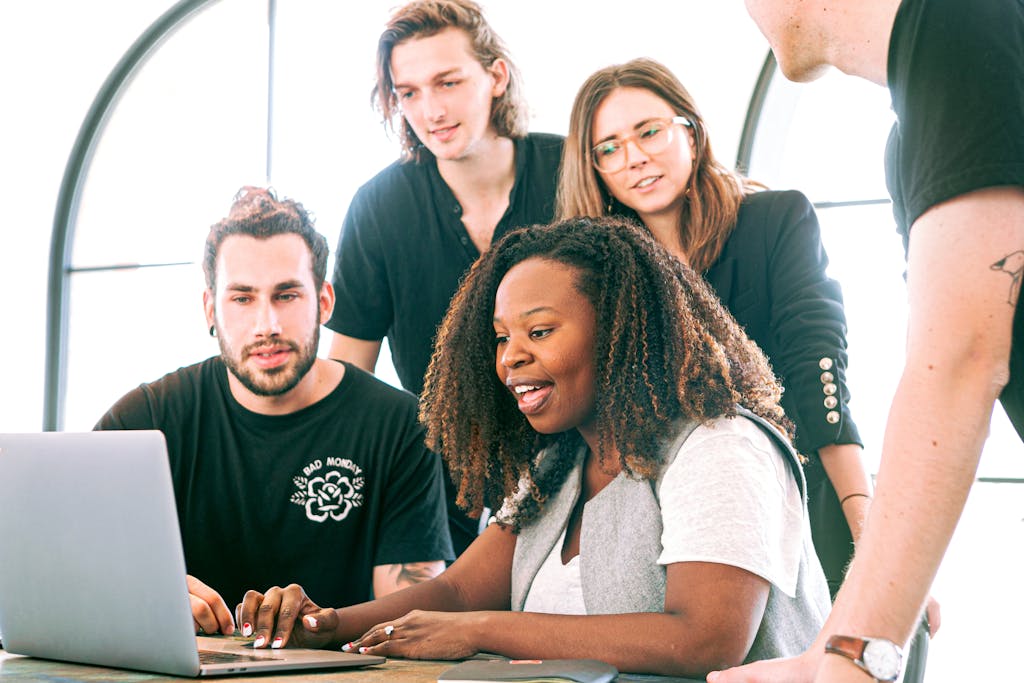
For another client, we tasked the audience of our research presentation to capture key barriers and challenges on sticky notes as they listened. Then, when we transitioned to the activation part of the session, we posted the notes on a Twister game board posted on the wall. The audience broke out into smaller teams and were given a spinner to determine what to focus on. Once they ideated a few strategies to address their challenge, they spun again and selected a new focus area. This exercise facilitated the generation of targeted strategies grounded in consumer insights, and the parallel production of the small group work yielded a large number of ideas.
We typically have a defined structure to capture the output of the strategy to guide the team (see example below). As in other workshops, after diverging and generating a lot of ideas, we then collapsed them across broader themes and actions as we converged and prioritized.
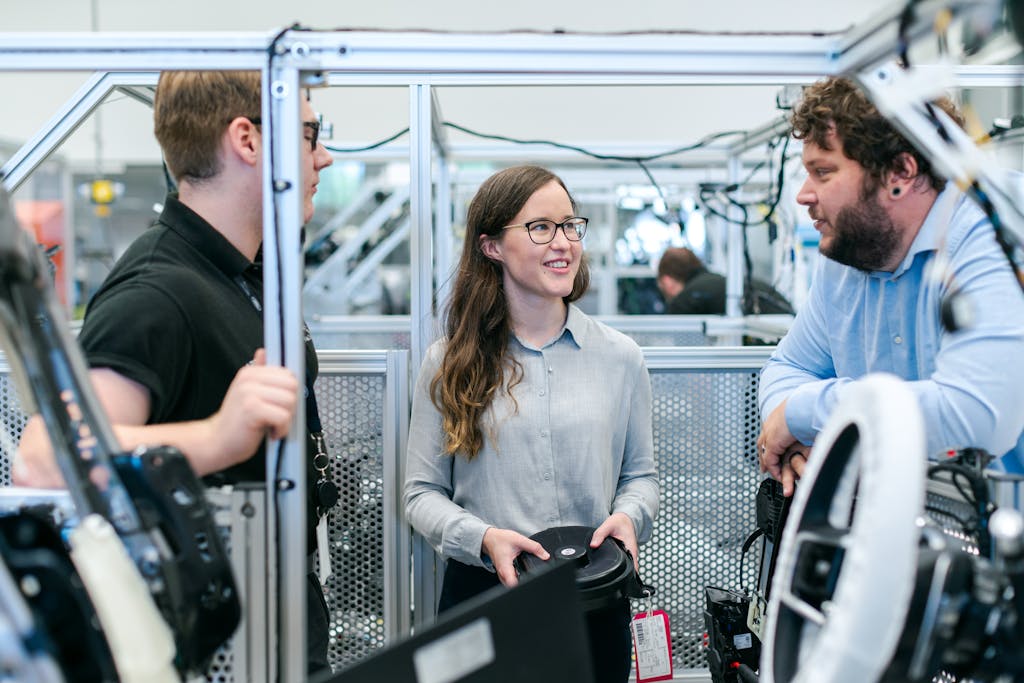

Innovation Opportunities
In these facilitated workshops, we work beyond the insights to ladder up to the overarching opportunities for innovation that can fuel brand growth. As we review the learnings, we work iteratively to find the need-gap themes where the white space lies. Once we identify these opportunity spaces, we can use them as springboards for ideation.
Ideation Sessions are part of C+R Innovation Capabilities. What makes us unique in the innovation space? Our ability to lean into the consumer perspective to help you emerge
smarter with ideas that resonate.
We offer two approaches
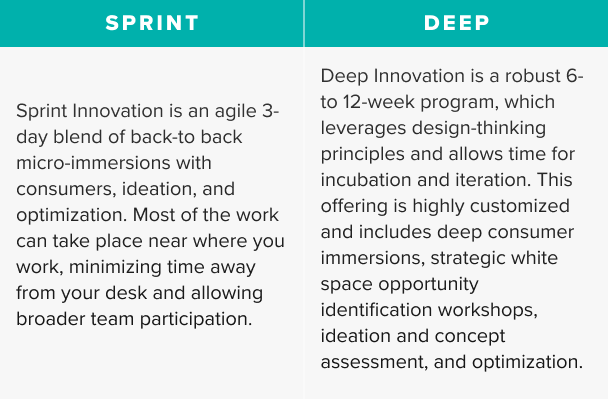
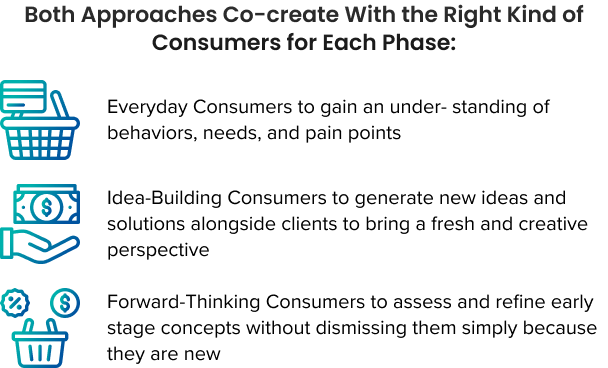
We had a CPG client who was basing innovation in this food category on technology advancements, but they wanted to drive growth by addressing consumers’ emotional needs. Using a multi-modal approach of online qual, mobile journaling, and in-person ethnography, we first gained a deep understanding of the target’s current behaviors, motivations, frustrations, and unmet needs. We then led the client team in a day-long Opportunity Workshop to unpack the insights and identify the richest areas for innovation. We identified not only short-term strategies to take into an ideation session, but also built out a roadmap for innovation that included longer-term Opportunity Platforms. These platforms, written from a consumer perspective, captured opportunities, motivations, frictions, and needs to highlight the white space for growth. In the Ideation Session, we developed over 100 new ideas to fill the client’s innovation pipeline, and turned 12 of them into full concepts ready for additional testing. The first of the ideas hit store shelves in 2015.
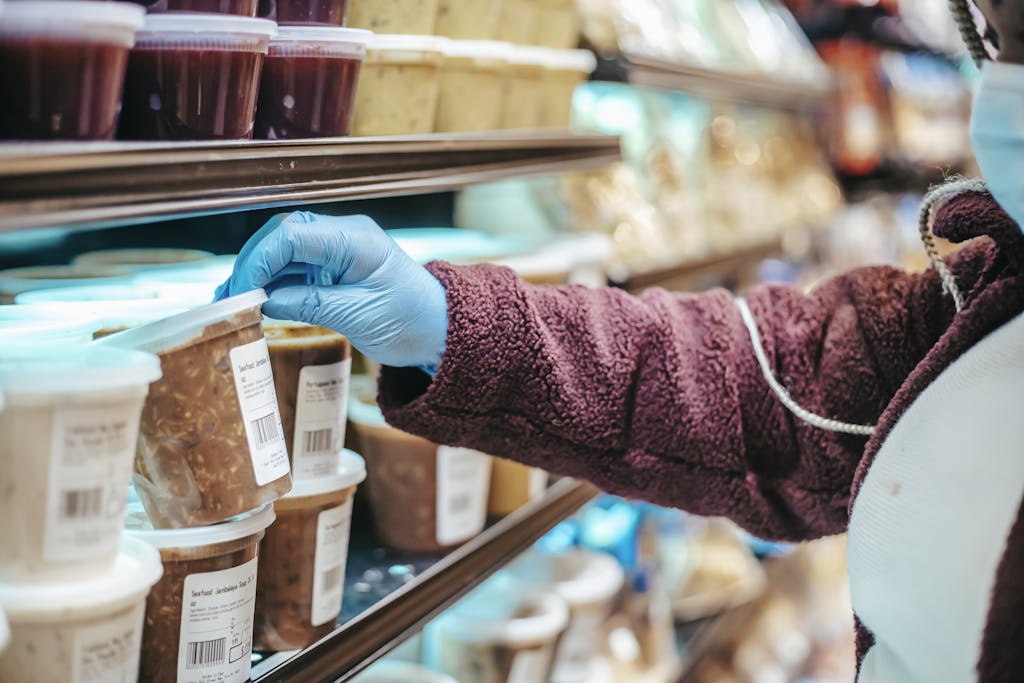
Conclusion
While the types of Activation Workshops vary by their desired goal, they all are effective in amplifying the learnings and enhancing the value of the research. They are meaningful, memorable, and, most importantly, engage stakeholders and help to gain alignment on implications and next steps. Activation Workshops are an efficient and highly effective way of increasing your return on research spending.
Kat Figatner
Senior Vice President, In-Person Qualitative Research

